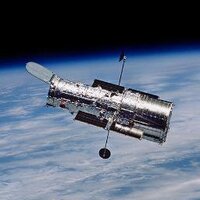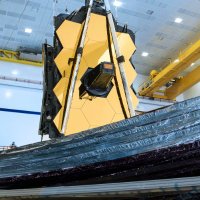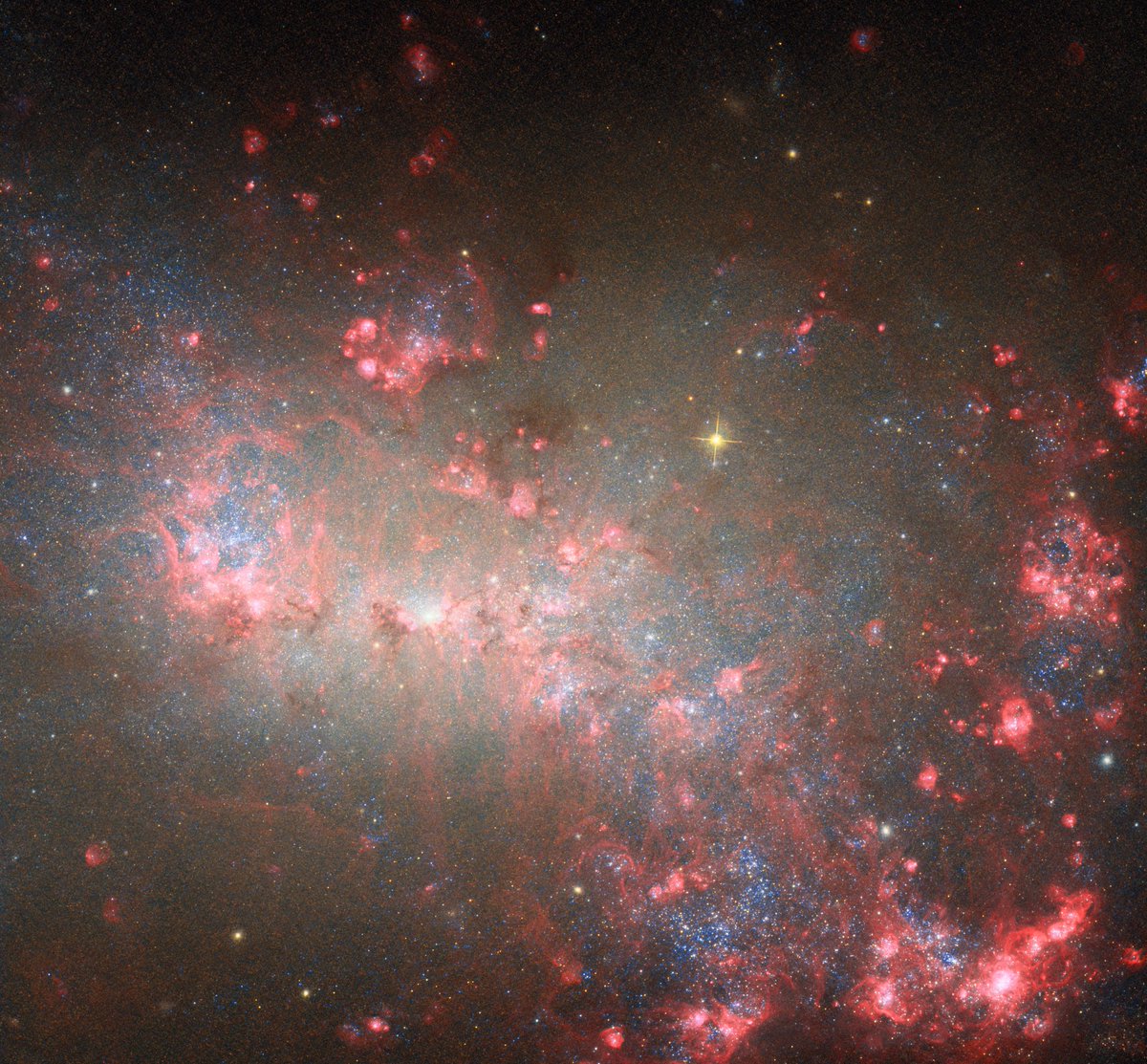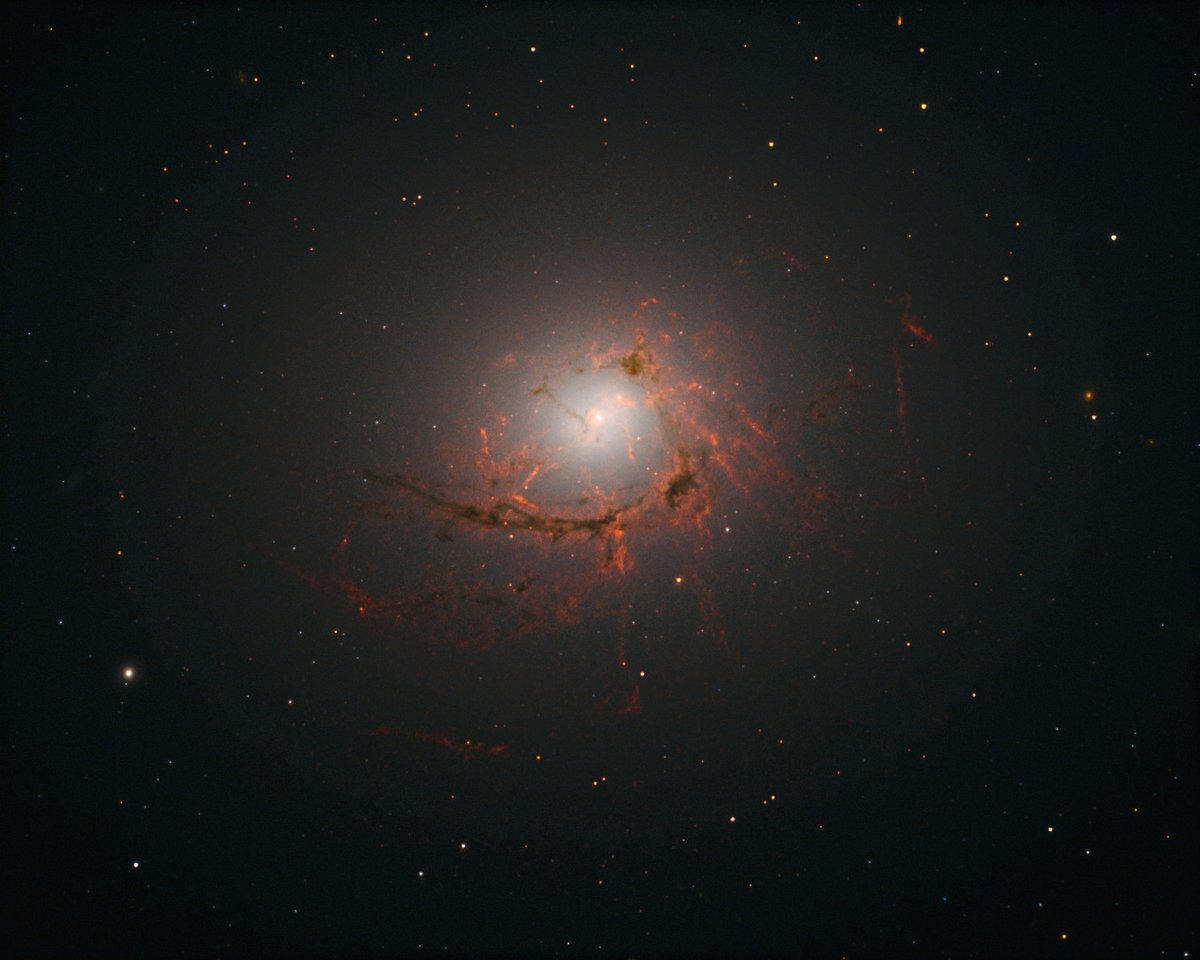
Hubble
@nasahubble
The official X account for the NASA Hubble Space Telescope, managed and operated by NASA's Goddard Space Flight Center.
ID: 14091091
http://www.nasa.gov/mission_pages/hubble/main/index.html 06-03-2008 20:15:02
8,8K Tweet
9,1M Followers
67 Following







You’ve never seen NASA Webb Telescope like this. 👀 Experience every close-call, technological feat, and scientific marvel of the Webb telescope's journey, through the eyes of the people who made it happen. Our new NASA+ documentary, Cosmic Dawn, is streaming now:





























